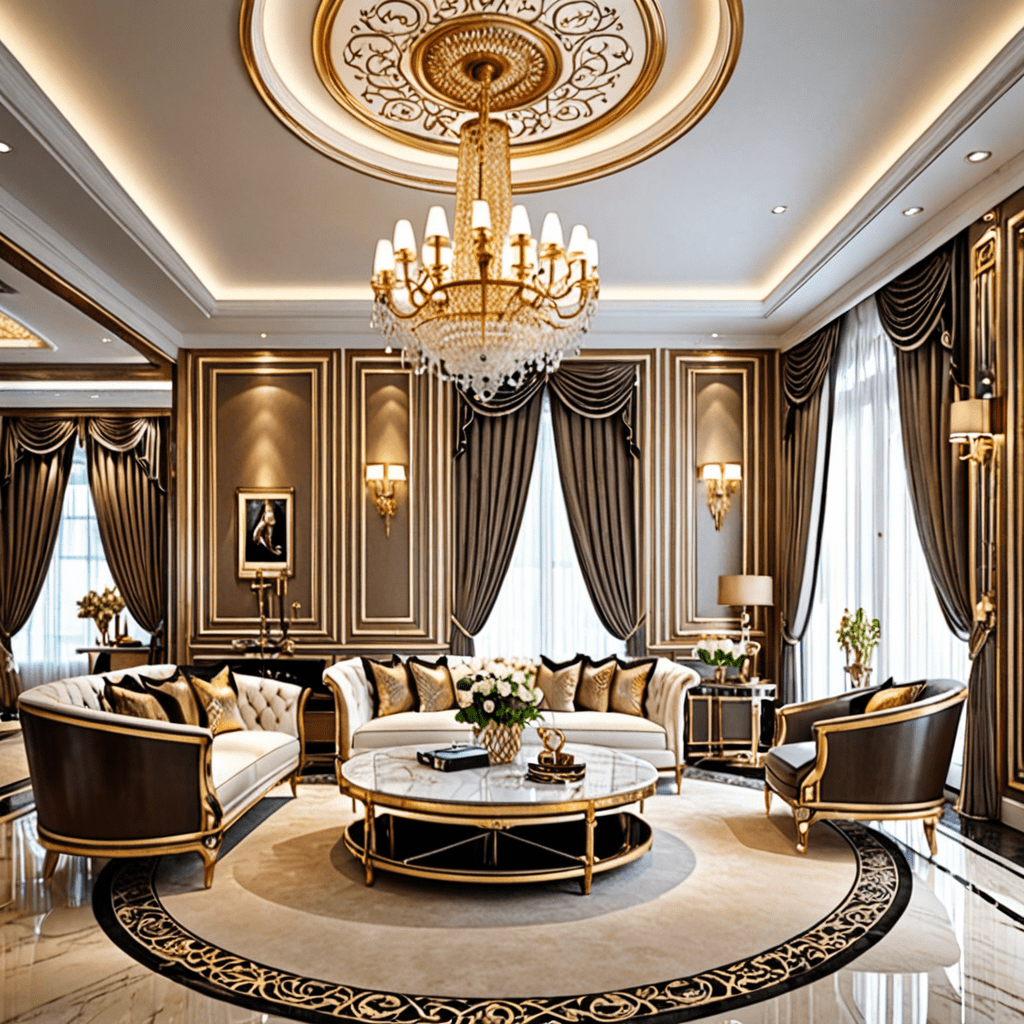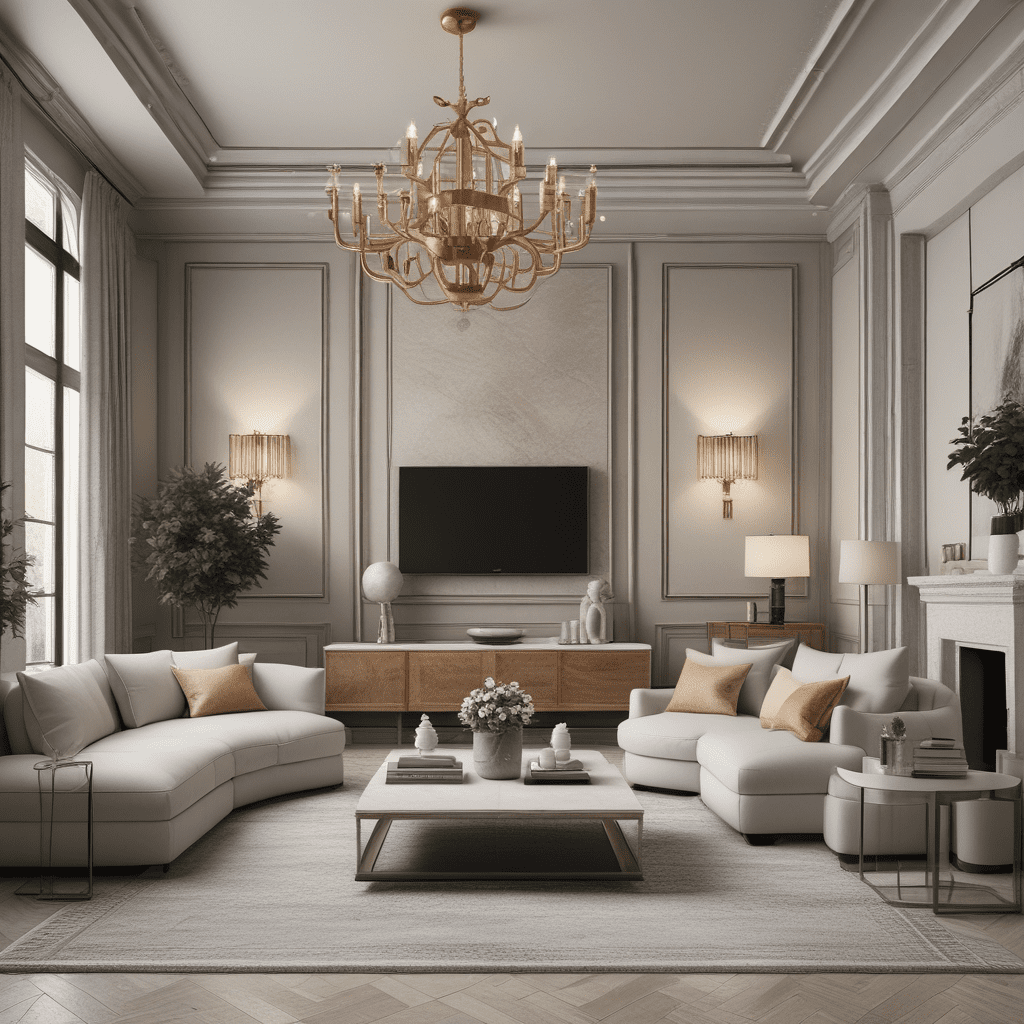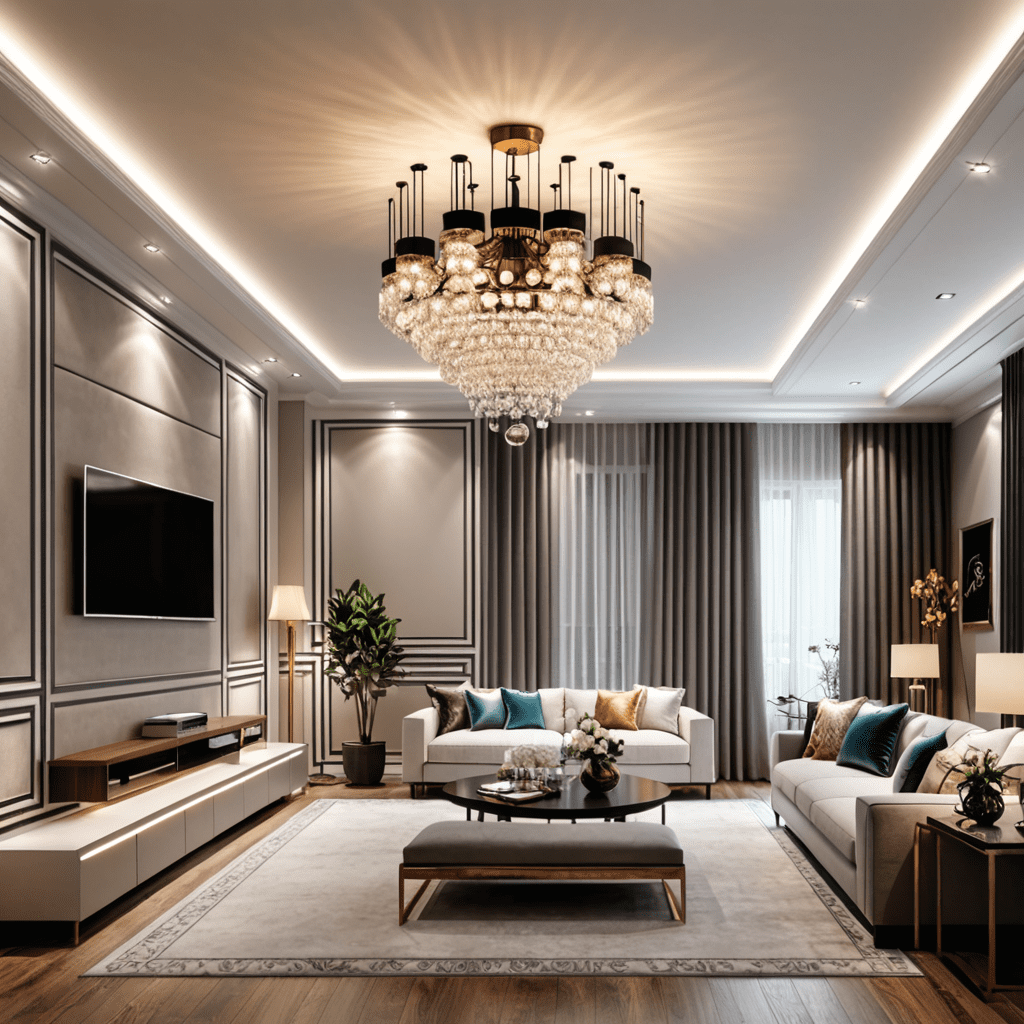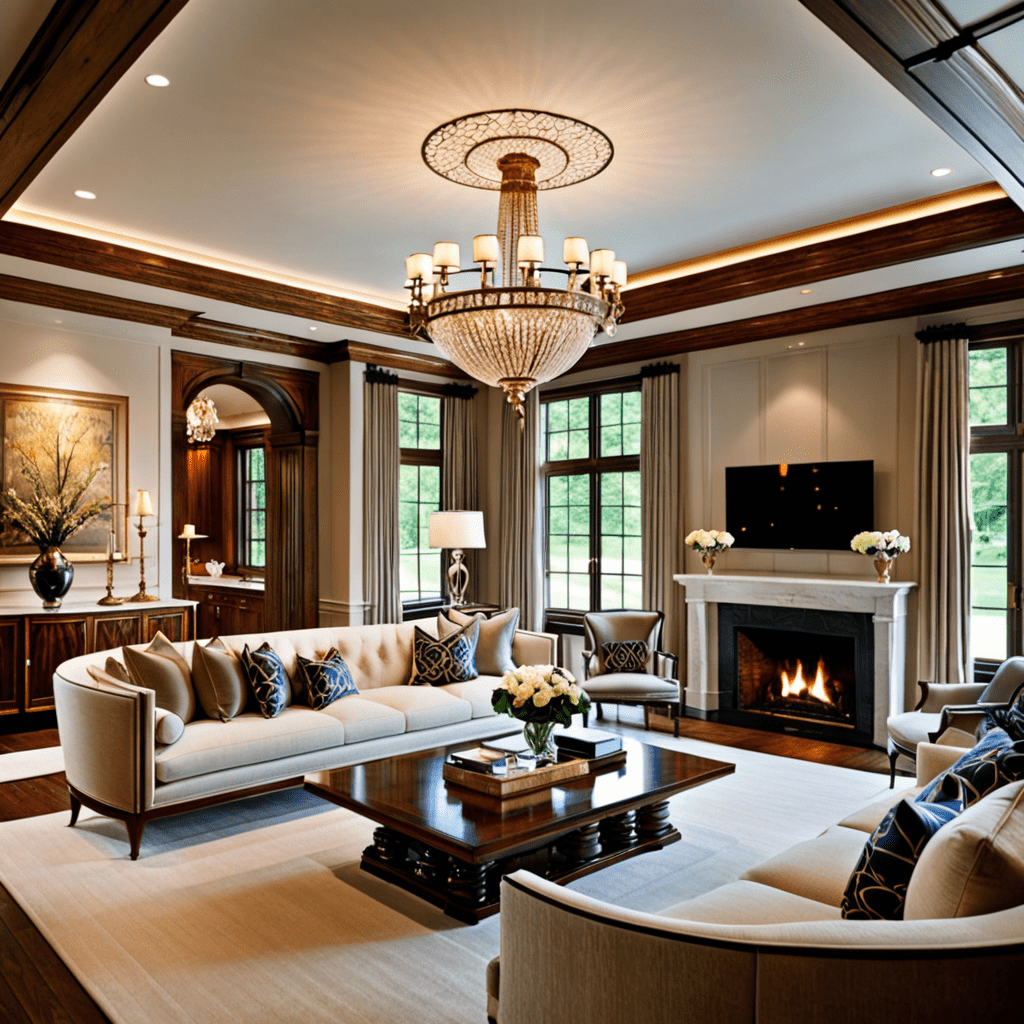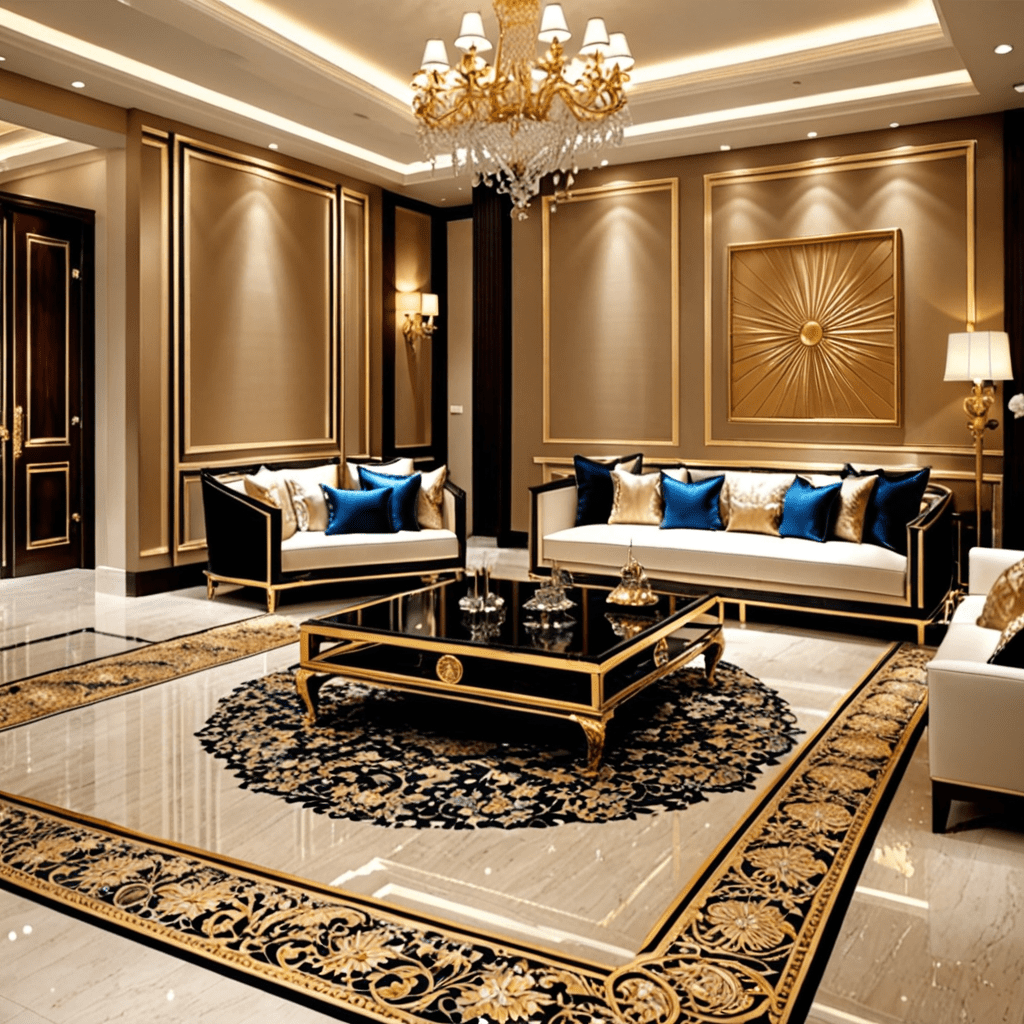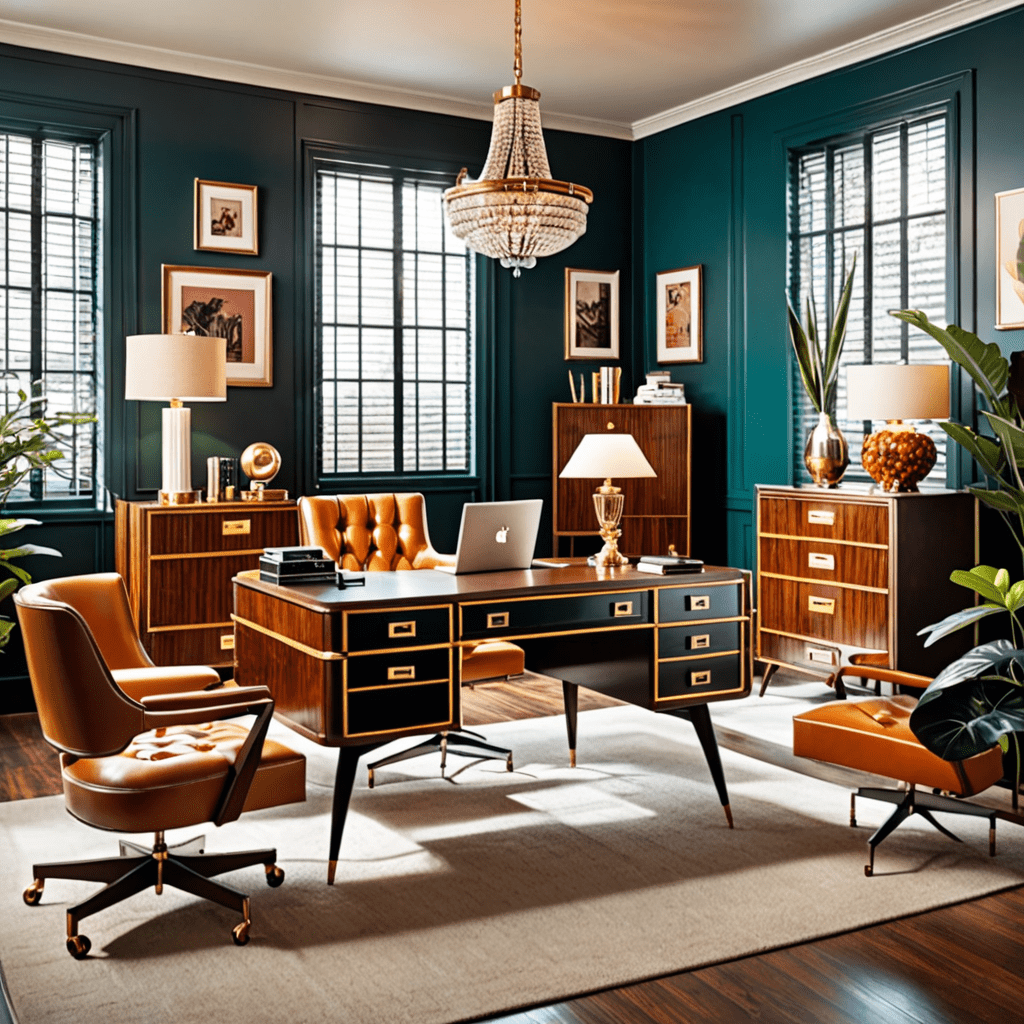Create Harmony in Your Home with Symmetrical Balance Interior Design
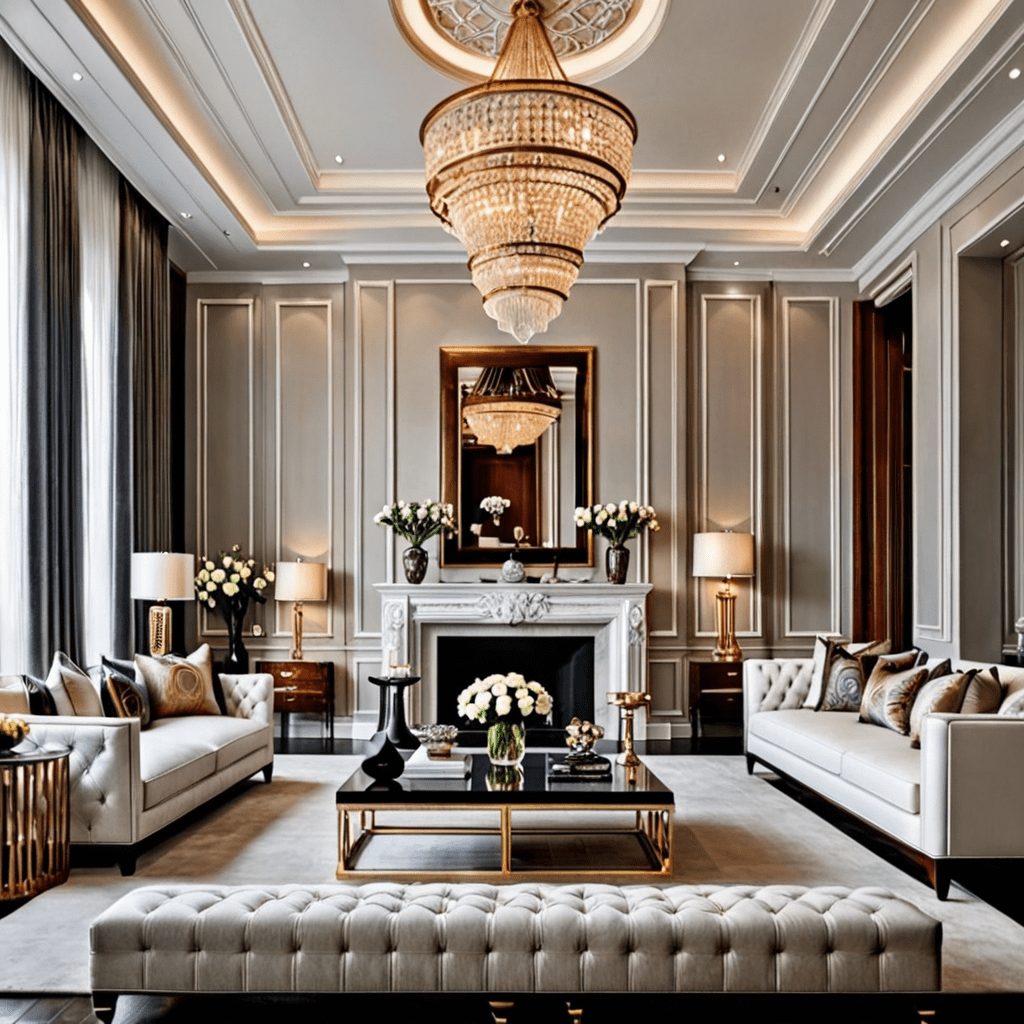

Create Harmony in Your Home with Symmetrical Balance Interior Design
What is Symmetrical Balance Interior Design?
Symmetrical balance in interior design refers to a technique that involves arranging elements in a space to create a sense of harmony and equilibrium. It involves mirroring objects or arranging them in a way that creates a visual balance.
The Importance of Symmetrical Balance
Symmetrical balance is important in interior design because it creates a sense of order, stability, and visual balance. It helps to create a harmonious and calming environment by evenly distributing visual weight in a space.
The Principles of Symmetrical Balance
To achieve symmetrical balance in your interior design, consider the following principles:
1. Axis of Symmetry
The axis of symmetry is an imaginary line that divides a space into two equal halves. It acts as the central reference point for arranging objects symmetrically.
2. Duplicate and Mirror
To create symmetry, duplicate and mirror elements on either side of the axis of symmetry. This can be done with furniture, accessories, patterns, or artwork.
3. Balance Scale and Visual Weight
Ensure both sides of the axis of symmetry have a similar distribution of visual weight. This can be achieved by using similar objects, colors, or patterns on either side.
4. Symmetrical Layouts
Choose symmetrical layouts for furniture arrangements, such as placing identical chairs or lamps on either side of a fireplace or a central focal point.
Examples of Symmetrical Balance in Interior Design
Symmetrical balance can be applied to various aspects of interior design, including:
1. Furniture Arrangement
In a living room, you can achieve symmetrical balance by placing two identical sofas facing each other, with a coffee table in the center and matching armchairs on either side.
2. Wall Decor
Symmetrical wall decor can be achieved by hanging matching artwork or photographs in identical frames on each side of a mantel or along a hallway.
3. Lighting
Using identical lamps or sconces on either side of a bed or above a bathroom vanity can create a visually balanced and harmonious look.
4. Textiles
Choose fabrics and patterns that exhibit symmetry, such as striped or floral patterns that repeat evenly and mirror each other.
Frequently Asked Questions (FAQ)
Q: Can asymmetrical elements be used in symmetrical balance interior design?
A: While symmetrical balance primarily involves mirroring and duplication, it is possible to incorporate some asymmetrical elements into the design. However, it is important to maintain an overall sense of balance and harmony.
Q: What are the benefits of using symmetrical balance in interior design?
A: Symmetrical balance creates a sense of order and tranquility in a space. It helps to establish a visually balanced environment that promotes a feeling of relaxation and harmony.
Q: Can symmetrical balance be used in small spaces?
A: Yes, symmetrical balance can be particularly effective in small spaces as it can visually expand the area and create a sense of openness.
